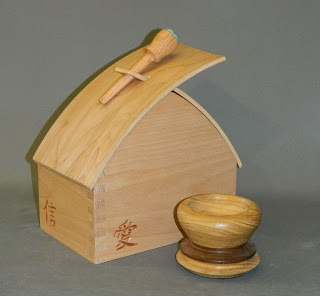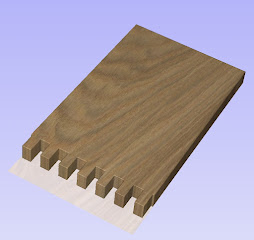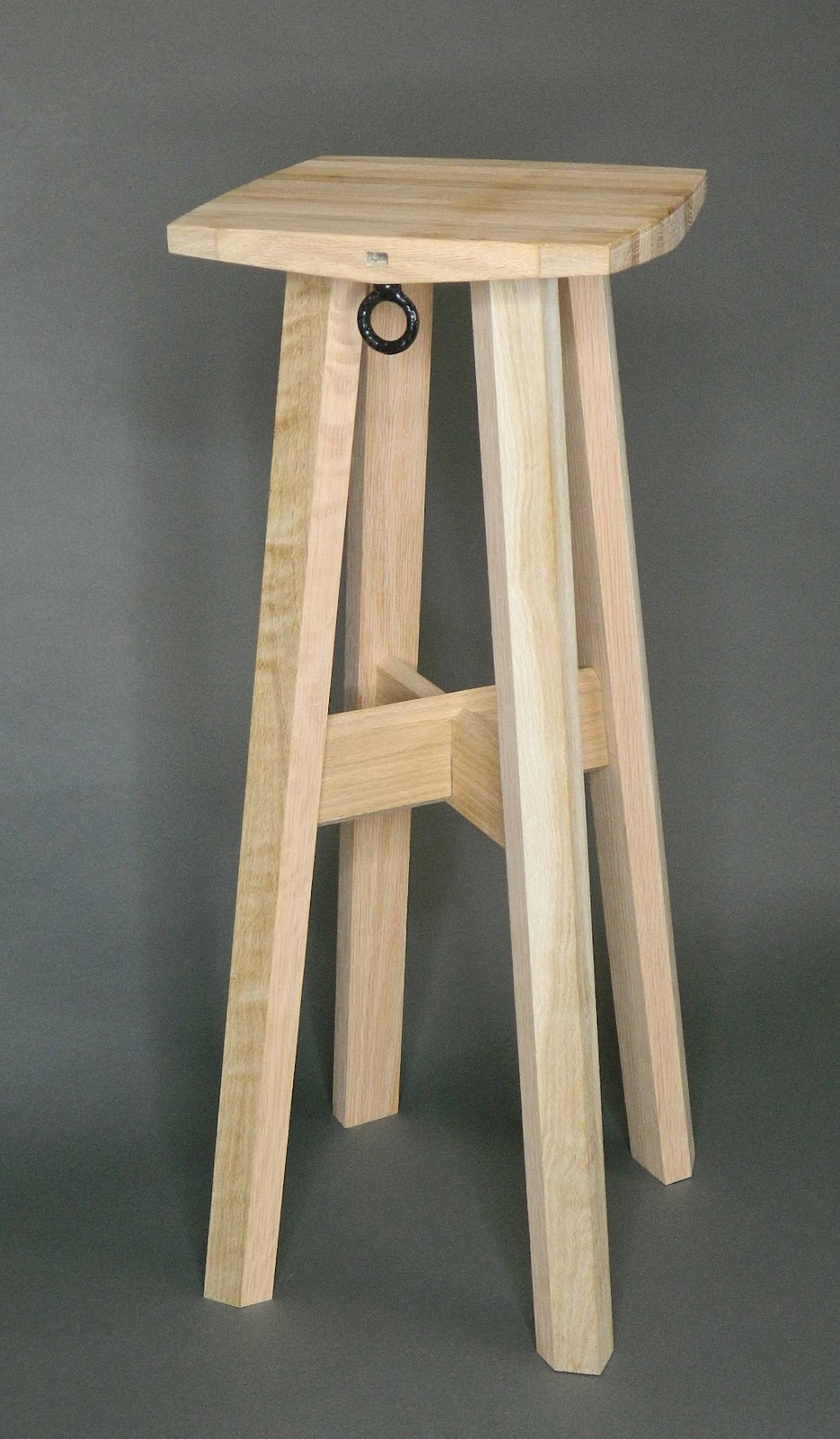What is the best way to teach Joinery, Tool Use, and other Fabrication Processes to students studying furniture design that have to make prototypes of their designs?
When I started to teach furniture design to students with no prior woodworking or fabrication experience I took them around to all the main power tools and had them process a scrap board through whatever machine we were at. When it came time to start designing projects I had students make samples of a few common woodworking joints. What I thought the students should learn from the samples and scraps didn't seem to stick. When they finally made projects that needed joinery they needed more specific information about how to choose and size and orient the joints for their specific design. It turns out that samples of joints made are no more effective than photos of joinery in a book or on the web or in drawings of just joints. The samples (or photos) do serve as a reference to show students what type of joint they could use for such a connection, but learning how to make the joinery sample out of context to choosing and sizing that joint type for a project is abstract, incomplete information, and easily forgotten. Same for making scraps with all the machines. While that teaches the student hopefully how to turn the machine on and use it, it doesn't explain and demonstrate the logical order of steps for processing from a rough board to finished project parts for an actual project.
The students in a class need to learn the reasoning for choosing and sizing the joinery used for a project. Small projects that require many process steps, joinery, and tools to learn about are educationally effective and efficient. The Joinery Box project is a great example. Plus the students now have a goal to end up with a nice project rather than a set of joint samples and scraps they'll likely abandon or throw away. They also learn the machines used and that logical order talked about above. All at the same time.
 |
| Basic Box. Much Learned |
For typical table joinery a small table that all the students make is a thorough teaching opportunity. The Tiny Table project (links below) teaches mortise and tenon joinery in context, half lap joinery in context, processing and gluing up wood for the table top in context, using the CNC to make the top more interesting than a simple square or rectangle, and a few different methods for attaching a table base to a table top. Showing them the hardware for attaching a top to a table base is a good place to explain wood expansion and contraction.
The Tiny Table project is also about learning detail continuity throughout a design. When all students are done with the project it should be obvious which base belongs with each table top. To get them started it pays to shown them good examples from past semesters as a reference to what level of creativity and detail continuity they should meet or exceed. Keeping the project small keeps the costs low, the materials and time used down, yet gets you farther educationally than spending time and money making abstract samples or scraps that end up in the trash bin.
While possible, it has never been efficient or logical to have beginning students make their own furniture designs before they have learned a broad array of processes and joinery in the context of a project. When you have students jump right into designing their own furniture projects it takes considerably more time and input from the teacher to help them choose and make appropriate functional joinery in the fabrication of their designs. Their understanding of what is possible is limited. Use small projects to teach them a broad array of processes and joinery in context and generally the students can easily scale up for furniture projects with little need for more input from the teacher. This project based teaching strategy has been known about for a few centuries, and my personal teaching experience over the last 45 years has proven over and over again that it works. This method and these projects evolved from annual iterative collaboration between 3 furniture design professors with a combined 100+ years of teaching experience. The projects help transition students from knowing nothing or little about fabrication to designing and building original and award winning furniture designs. The broad knowledge students end up with helps them design with a deep assurance that what they've designed can be built. They know how it can be built and can describe the tools and processes that it will require. Creative students better armed create far more original, interesting, and functional projects with less need for help from their teacher or fabrication lab assistants.
Related educational design and fabrication projects:
Tool names and their functions.

































